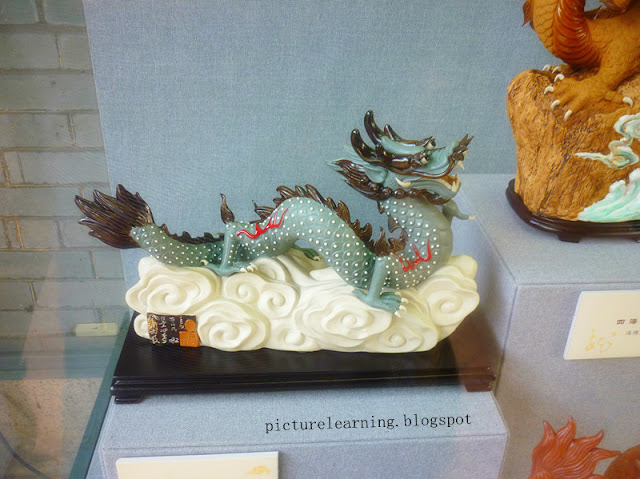Unsweet Coke
The first time I reached Tokyo, in Narita airport, I was so のどが渇いた
nodo ga kawaita thirsty after the long wait at the immigration. The first thing I did was buying a can of Coke.
As I took the first gulp, "Uh? It tasted kinda 変
hen strange. It`s 甘くない
amakunai not sweet."
I thought all コラ
kora cokes are supposed to taste the same everywhere. Probably I just got a bad can of coke.
It turned out, all the cokes tasted the same everywhere in Japan. Japanese don`t like sweet coke.
(In Malaysia, people like sweet drinks. According to research, Malaysian consume twice the amount of sugar compared to the Japanese.)
Japanese don`t drink water in the office
Usually, I will fill in a bottle of お水
omizu water, and bring it to the office. Even when I was in Japan, I did the same. Whenever I felt thirsty, I will take my bottle of water out of my bag and drink it. As I was doing so, I realized it was only me who is drinking water in the entire office. So what does the others drink?
After some observations, I came to a conclusion. I don't know about other places, but in my office people don`t drink water, they buy drinks from the vending machine, and the most popular drink would be コーヒー
ko-hi- coffee.
I was sitting near to the 販売機
hanbai ki vending machine and there will be people walking pass me everytime to buy at the vending machine. I can smell the coffee. Sometimes, it felt as though I`m in a coffee shop.
Let`s go for a drink
I don't drink お酒
osake alcohol in Malaysia, because it is expensive, I'm always driving, and it is also bad for health. I only drink alcohol on certain occasions, such as Chinese New Year or for some celebrations. Usually when you say `Let`s go for a drink` in Malaysia, it means that going for a cup of ミルクティー
miruku ti- milk tea or coffee at some Malay stalls. But in Japan, `Let`s go for a drink` will most definitely mean going for alcohol.
There was a time I was with a friend of mine, and my throat was dry. I said, `Let`s go for a drink.`
"Huh?? It is only 3pm. You are going for alcohol already?",she said.
"That`s not what I meant," I was surprised,"I meant coffee."











































